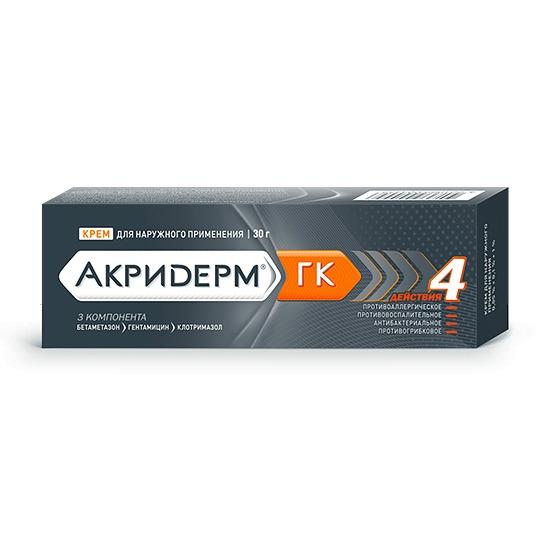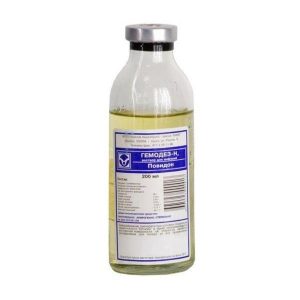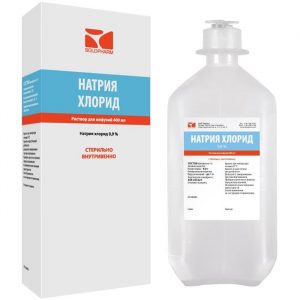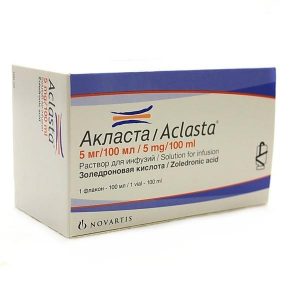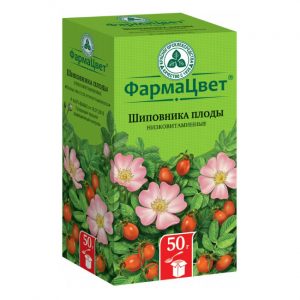Description
Pharmacological action
Pharmaceutical group:
glucocorticosteroid + antibiotic-aminoglycoside + antifungal.
Pharmacological action:
Akriderm GK – a combined drug that has anti-inflammatory, anti-allergic, antibacterial and antifungal (fungicidal) effects.
Betamethasone dipropionate – glucocorticosteroid, has anti-inflammatory, antiallergic, antiexudative, decongestant and antipruritic action. It inhibits the accumulation of leukocytes, the release of lysosomal enzymes and pro-inflammatory mediators in the focus of inflammation, inhibits phagocytosis, reduces vascular tissue permeability, and prevents the formation of inflammatory edema.
Clotrimazole has an antifungal effect due to a violation of the synthesis of ergosterol, which is an integral part of the cell membrane of fungi. Active against: Trichophyton rubrum, Trichophyton mentagrophytes, Epidermophyton floccosum, Microsporum canis, Candida albicans, Malassezia furtur (Pityrosporum orbiculare).
Gentamicin is a broad-spectrum antibiotic from the aminoglycoside group.
Has a bactericidal effect against pathogens of primary and secondary bacterial infections of the skin. Active against gram-negative bacteria: Pseudomonas aeruginosa, Aerobacter aerugenes, Escherichia coli, Proteus vulgaris, Klebsiella pneumoniae gram-positive bacteria: Streptococcus spp. (sensitive strains of beta and alpha hemolytic group A streptococcus), Staphylococcus spp. (coagulase-positive, coagulase-negative and some penicillinase producing strains).
Indications
Treatment of dermatoses complicated by primary and / or secondary infection, pityriasis versicolor, limited and diffuse neurodermatitis, dermatomycosis (including inguinal, feet) caused by pathogens sensitive to the drug.
Contraindications
– Hypersensitivity to any of the components of the
preparation – skin tuberculosis
– cutaneous manifestations of syphilis
– chicken pox
– herpes simplex
– skin post-vaccination sperlk period
– in the treatment of otitis externa – perforation of the eardrum.
Pregnancy and lactation
The safety of topical use of glucocorticosteroids in pregnant women has not been established. Prescribing this group of drugs during pregnancy is justified only if the potential benefit outweighs the possible risk. During pregnancy, drugs of this group should not be used in high doses or for a long time.
It has not been established whether topical use of glucocorticosteroids can cause them to appear in mother’s milk, therefore, the question of stopping breastfeeding should be decided.
Special instructions
If signs of hypersensitivity or skin irritation associated with the use of the drug are noted, treatment should be discontinued and appropriate therapy should be selected for the patient.
With prolonged treatment, when applying the drug to large surfaces of the skin, when using occlusive dressings, as well as in children, systemic absorption of corticosteroids is possible.
Atrophic changes may occur on the face skin more often than on other body surfaces after prolonged treatment with topical glucocorticosteroids.
AkridermВ® GK is not intended for use in ophthalmology. Avoid contact with eyes.
With prolonged use of the drug, its withdrawal should be carried out gradually.
Composition of
Roots of marshmallow,
Anise ordinary fruit,
Licorice roots,
Pine common leaf,
mg
clotrimazole 10 mg
gentamicin sulfate 1 mg
Excipients: petrolatum propylene glycol oil medical paraffin alcohol cetostearyl ether macrogol cetostearyl trilon B sodium dihydrogen phosphate dihydrate (sodium phosphoric acid monosubstituted 2-aqueous) purified water
Dosage and Administration
Externally.
Akriderm GK is applied a thin layer on the affected area of ​​the skin 2 times a day – morning and evening. Another frequency of use can be determined by a doctor based on the severity of the disease. In mild cases, the cream is enough to apply, as a rule, once a day for more severe lesions, more frequent use may be needed. The duration of treatment depends on the effectiveness and tolerability of therapy and is 2-4 weeks. If clinical improvement does not occur, the diagnosis must be clarified.
Side effects of
When applied topically, glucocorticosteroids may include: burning, irritation, dry skin, folliculitis, hypertrichosis, acne-like rashes, hypopigmentation, perioral dermatitis, allergic contact dermatitis.
With prolonged use, as well as the use of occlusive dressings – maceration of the skin, secondary infection, atrophy of the skin, sweating, purpura.
When applied to extensive body surfaces, mainly in children, systemic side effects of glucocorticosteroids (hyperglycemia, glucosuria, reversible inhibition of adrenal cortex function, manifestation of Cushing’s syndrome) and gentamicin (nephrotoxic and ototoxic effect).
If you experience adverse reactions that are not described in the instructions, you should consult a doctor.
Drug Interactions
No drug interactions with other drugs.
Overdosing
An acute overdose is unlikely, however, with excessive or prolonged use of the drug, a chronic overdose is possible, accompanied by signs of hypercorticism: hyperglycemia, glucosuria, reversible inhibition of adrenal cortex, manifestation of Cushing’s syndrome.
treatment.
Appropriate symptomatic treatment is indicated. In case of chronic toxic effects, gradual discontinuation of the drug is recommended.
Active ingredient
Betamethasone, Gentamicin, Clotrimazole
Conditions for dispensing from drugstores
without prescription p12rof121252 af Conditions for dispensing from
pharmacies Without a prescription
lekarstvennaja form
cream
Prescription
For adults, For children prescribed by a doctor, Pregnant as prescribed by a doctor, For children over 2 years old
Indications
Eczema, Neurodermatitis, Psoriasis, D rmatoz, Allergiya, Dermatitis
Akrikhin HFO AO, Russia
